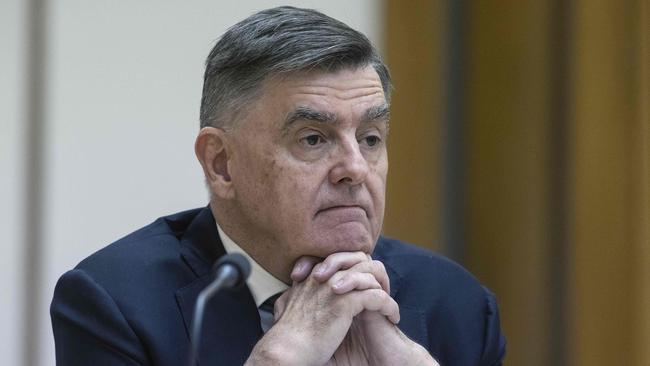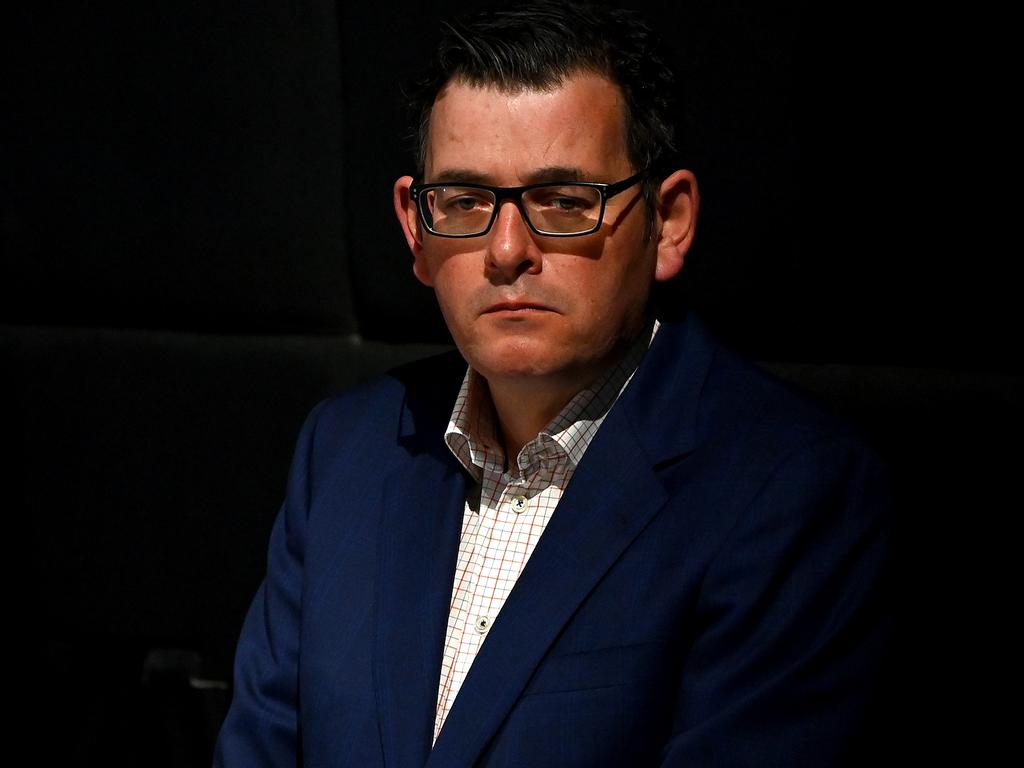Coronavirus: Clarity lacking on aged-care fatalities
Victorian authorities have failed to clearly explain why they have only this week included an extra 100 aged-care deaths in the state’s coronavirus toll.

Victorian authorities have failed to clearly explain why they have only this week included an extra 100 aged-care deaths in the state’s coronavirus toll, as the number of COVID-19 deaths linked to nursing homes reached 505 on Friday.
There have now been 650 COVID-19-related deaths in Victoria since the pandemic began, all but 19 of which have occurred as a result of the second wave of the virus, caused by breaches in the Andrews government’s hotel quarantine program.
On Friday, Victoria’s Department of Health and Human Services added 53 historic deaths to the tally, adding to 33 deaths revealed on Monday, two on Tuesday, three on Wednesday and nine on Thursday.
Federal and state authorities told The Weekend Australian aged-care facilities notified families of the deaths at the time, and reported them to the federal government and Victoria’s registry of Births, Deaths and Marriages.
However, until August 8, when federal Health Department secretary Brendan Murphy wrote to private aged-care providers, the nursing homes were not required to notify DHHS of the deaths, despite the department having responsibility for the reporting of coronavirus cases.
On August 12, the day after Victoria’s active coronavirus caseload peaked at 7880 cases, Victoria and the federal government agreed to use data from DHHS’s public health event surveillance system to report deaths related to COVID-19 outbreaks in the state’s aged-care facilities on the condition that the higher number of deaths reported to federal authorities and Births, Deaths and Marriages was reconciled with those for which DHHS already had records.
Victoria’s Chief Health Officer Brett Sutton disputed claims that DHHS had taken almost a month to reconciled the data because its staff had been overwhelmed by cases and deaths in early August.
“That’s completely inaccurate,” Professor Sutton said. “We have worked with the commonwealth consistently, using the public health event surveillance system as our foundational piece, because they’re the notifiable disease records, and to take those notified deaths and to reconcile them appropriately before we come to an agreed figure with the commonwealth.’’
He said the reconciliation process had “complexities”. “We’ve gone through an audit process to try to make that as robust as possible, and we want to get it right,” Professor Sutton said.
“The alternative is to have reporting that is too much like guesswork or that might have some recalculation of already reported figures. So the figures that we are giving now are locked in.
“They are the ones that have been properly reconciled and are accurate, but it does take time to get to that point.”
He said a COVID-19 death was defined by the Communicable Diseases Network Australia as “a probable or confirmed case of coronavirus who’s died where there isn’t an apparent other cause such as trauma or where the coroner finds that there is another cause of death”. Asked if he expected more historic COVID deaths to be revealed, Professor Sutton said: “I can’t predict one way or the other.”







To join the conversation, please log in. Don't have an account? Register
Join the conversation, you are commenting as Logout